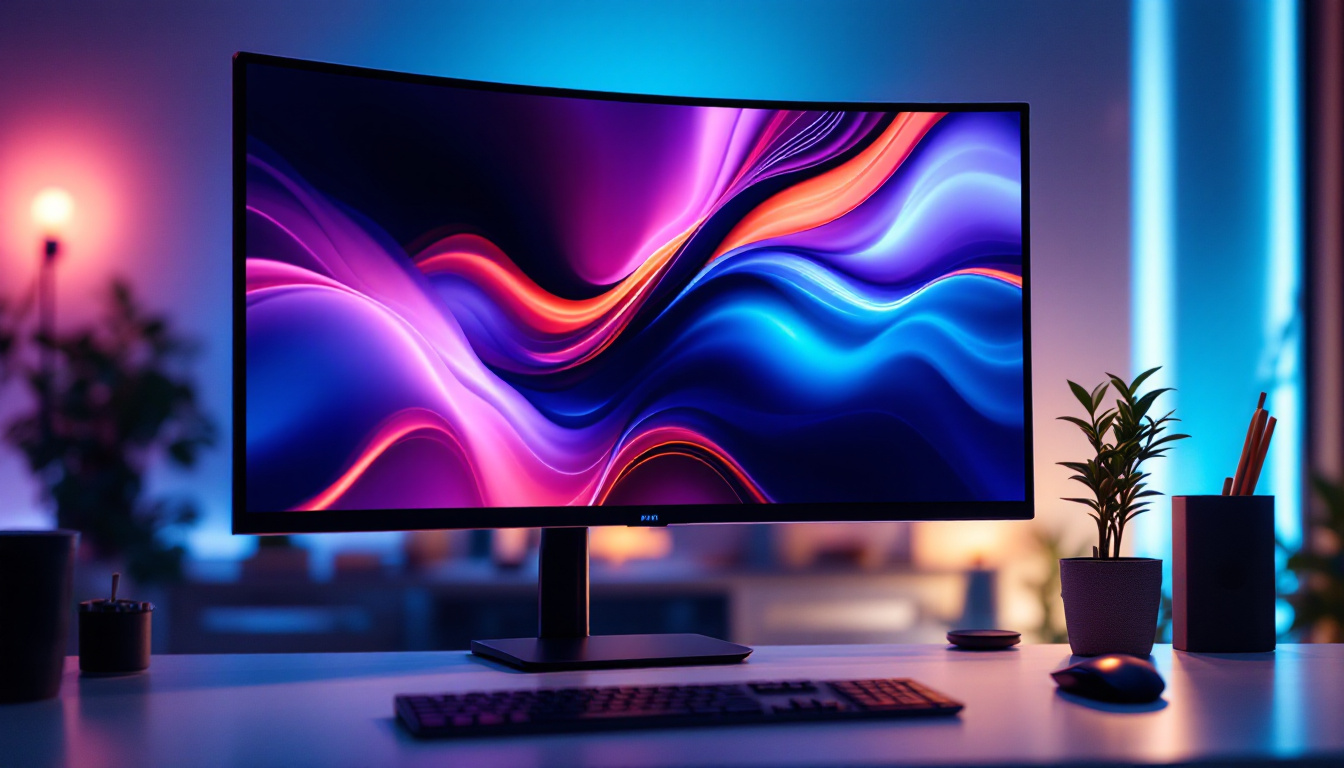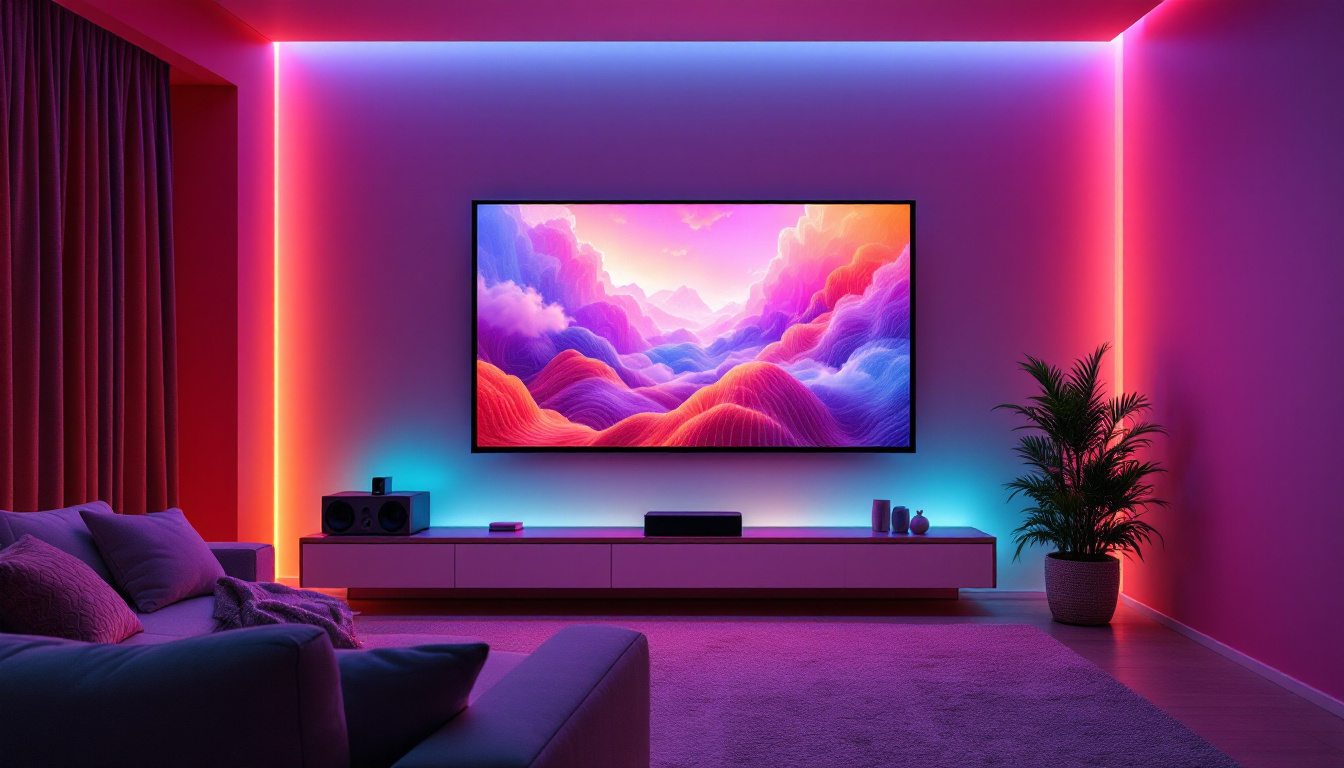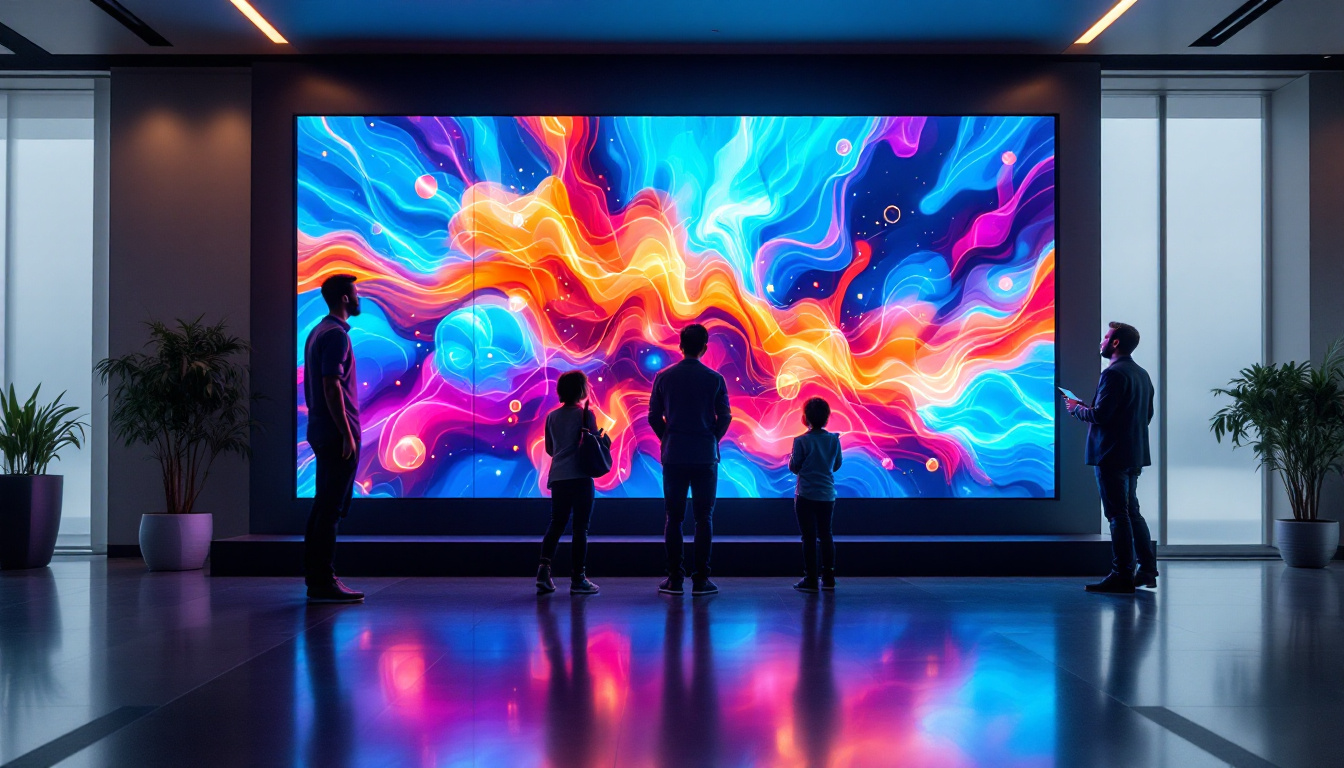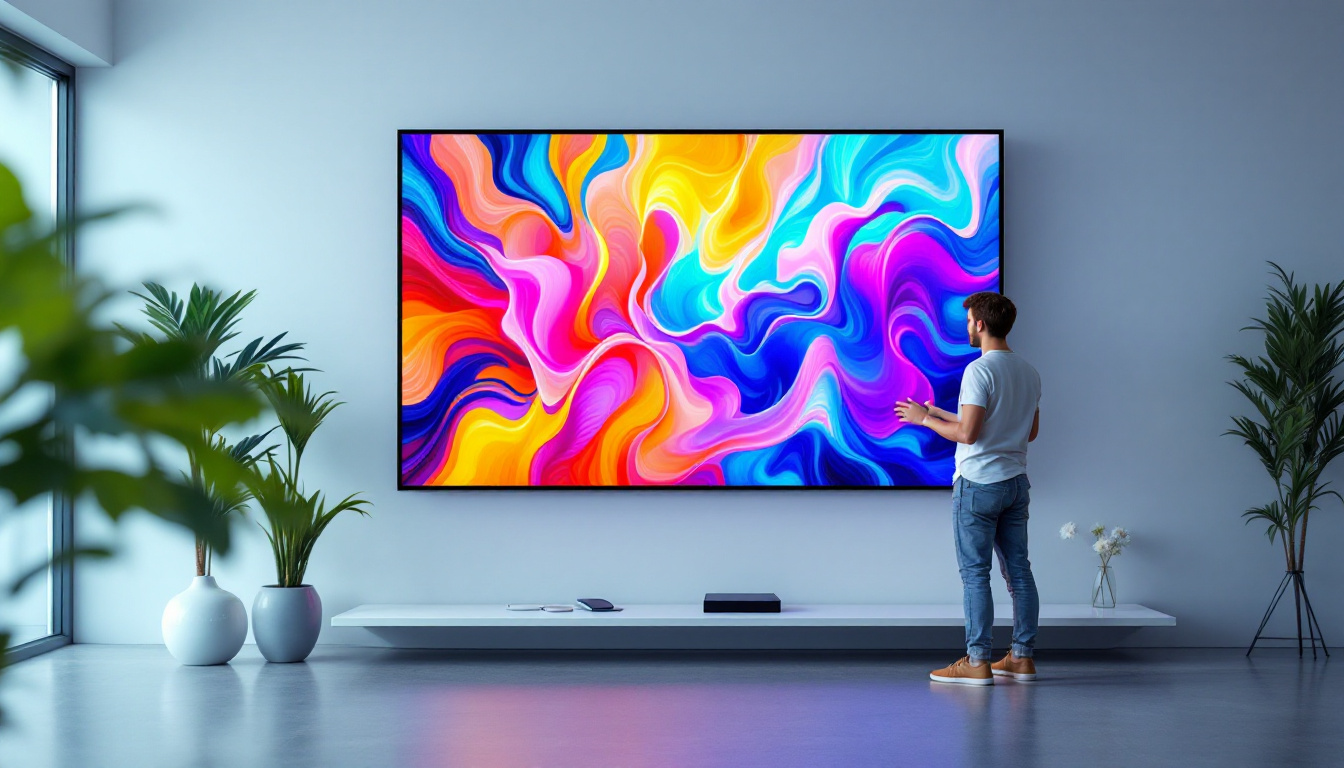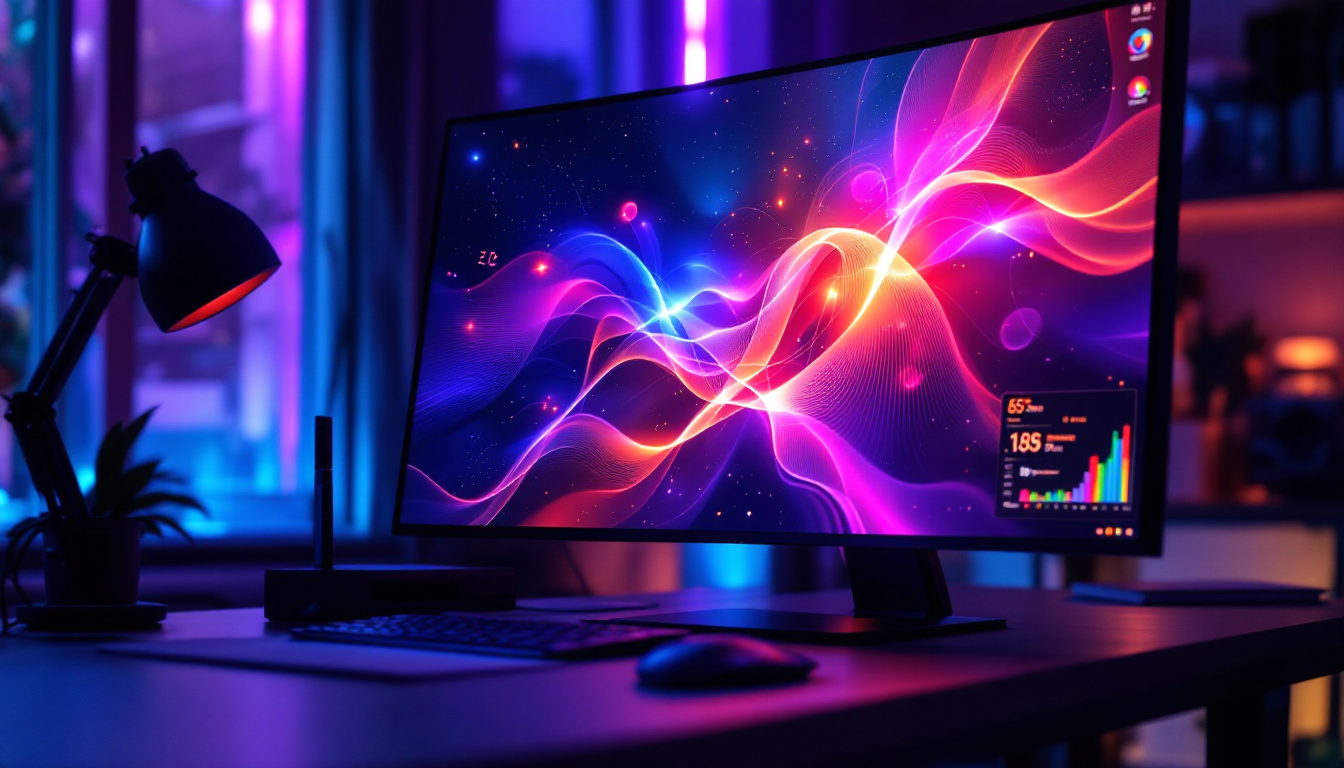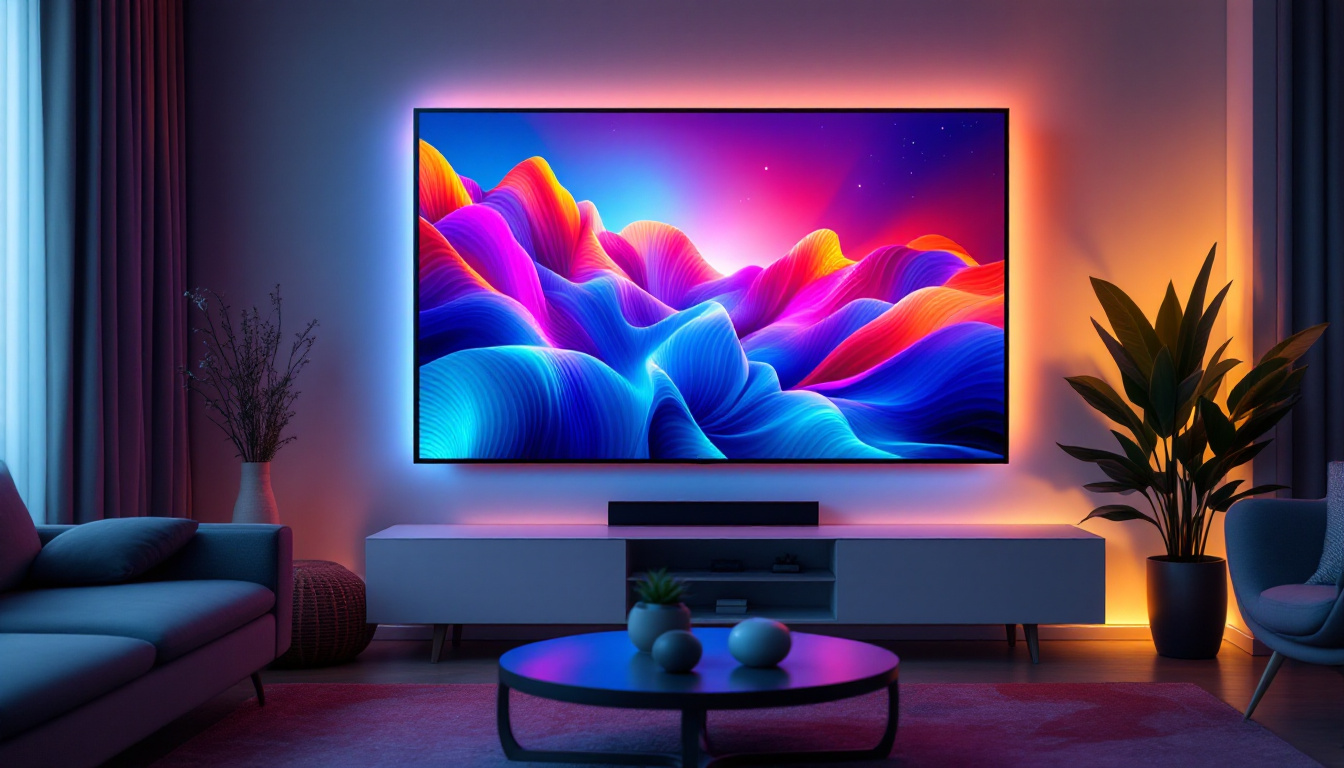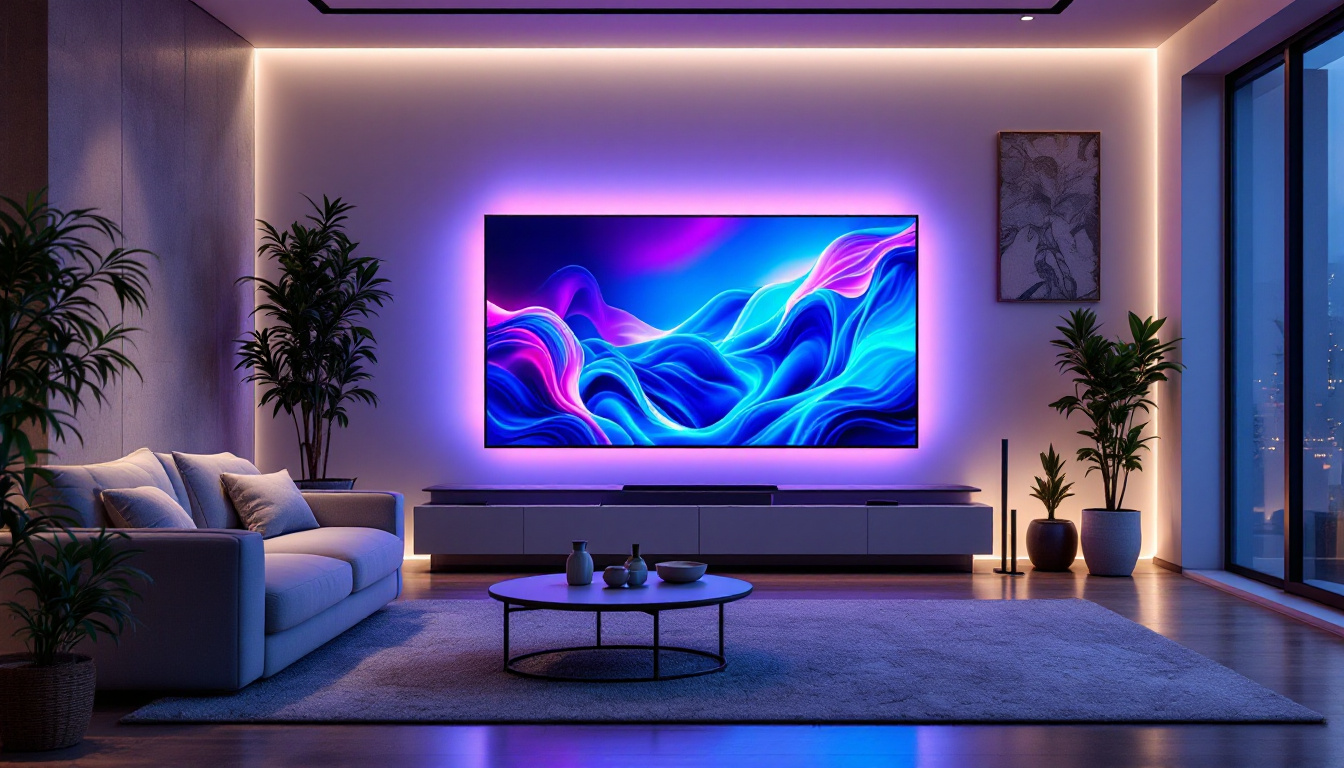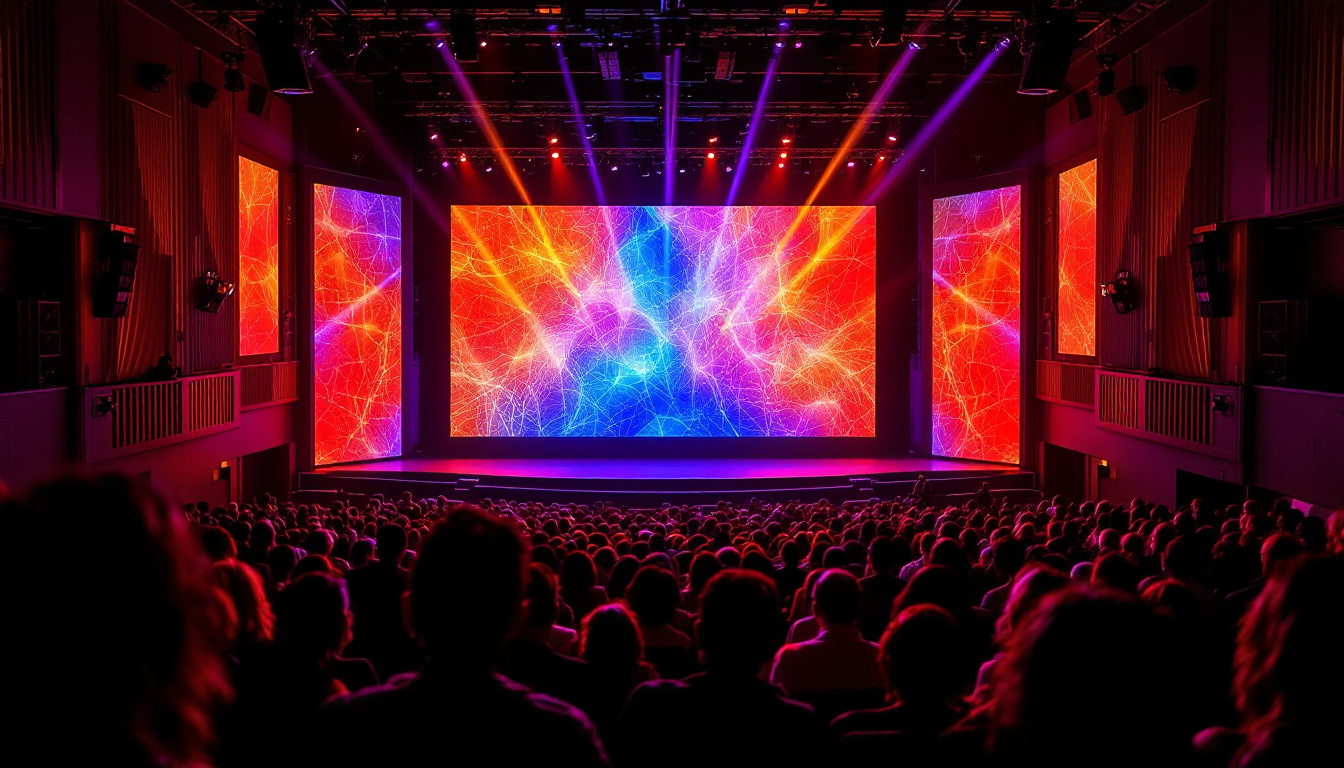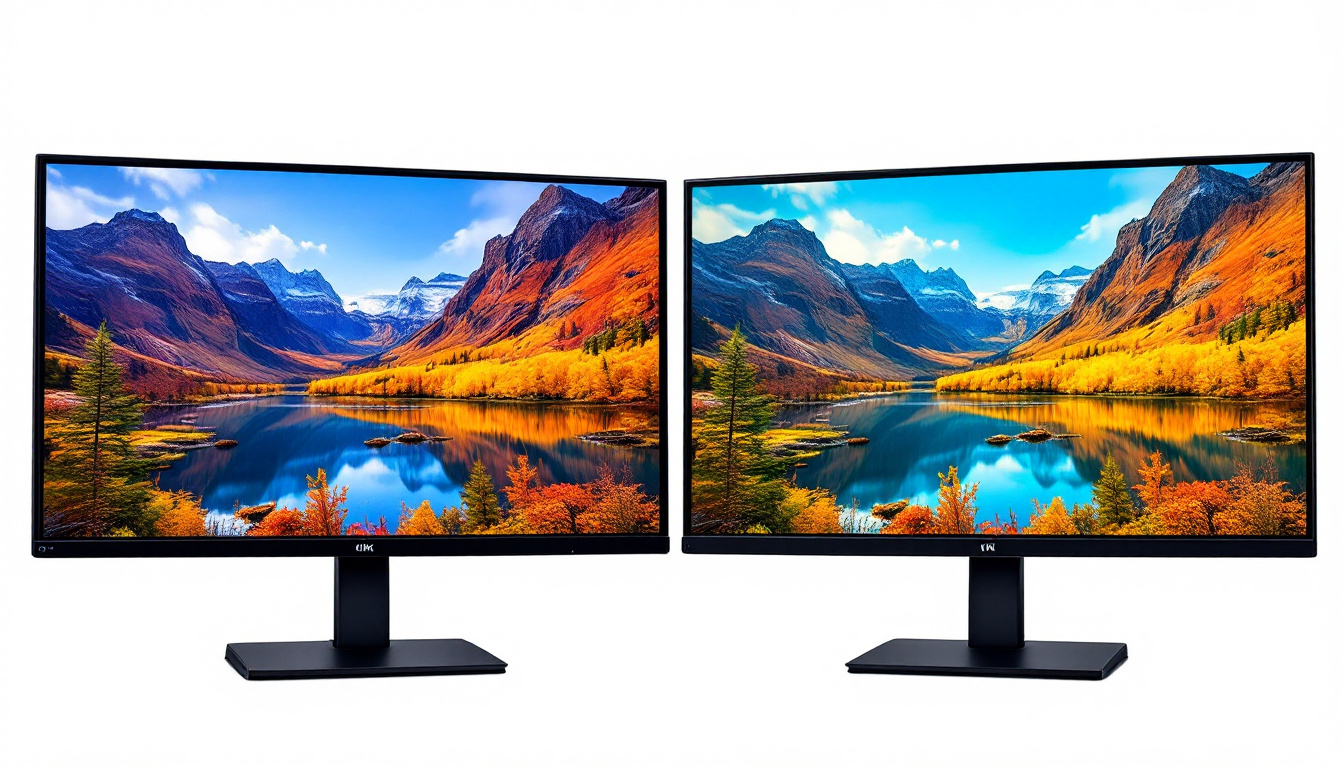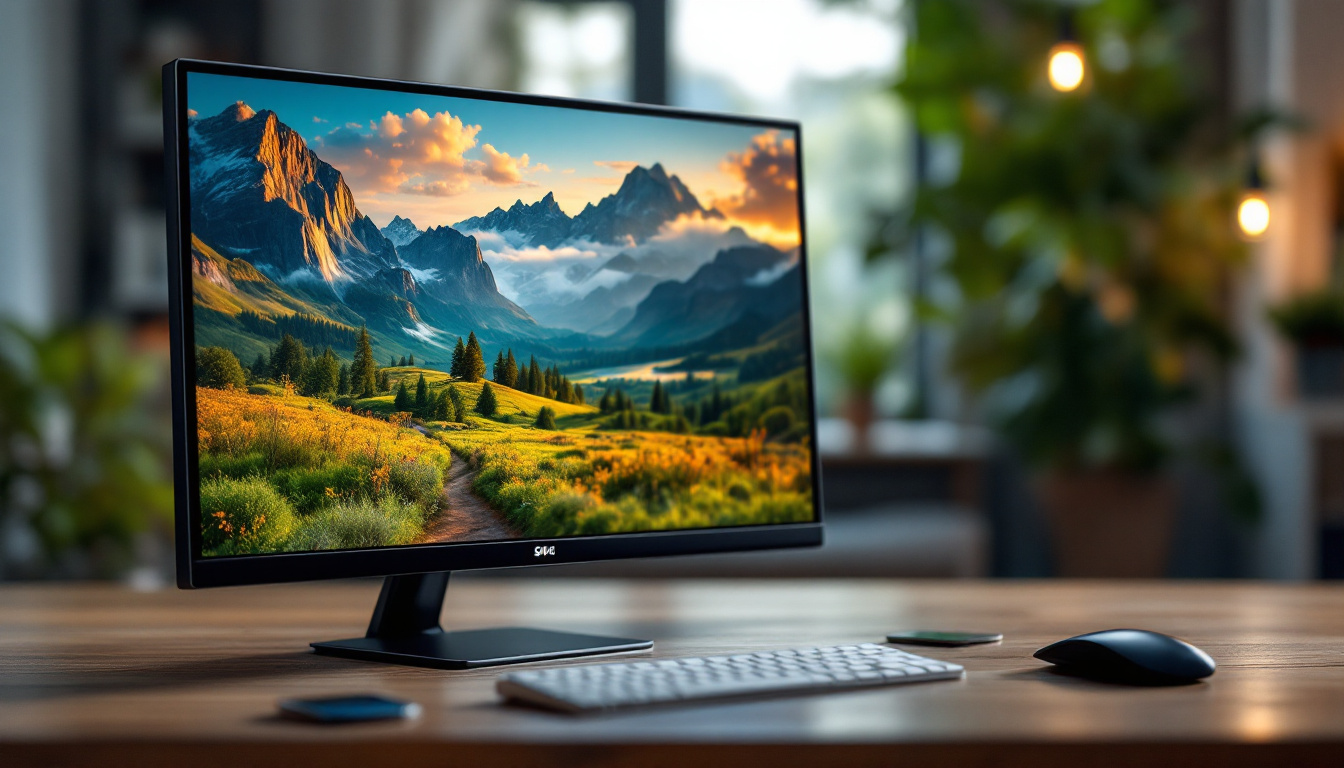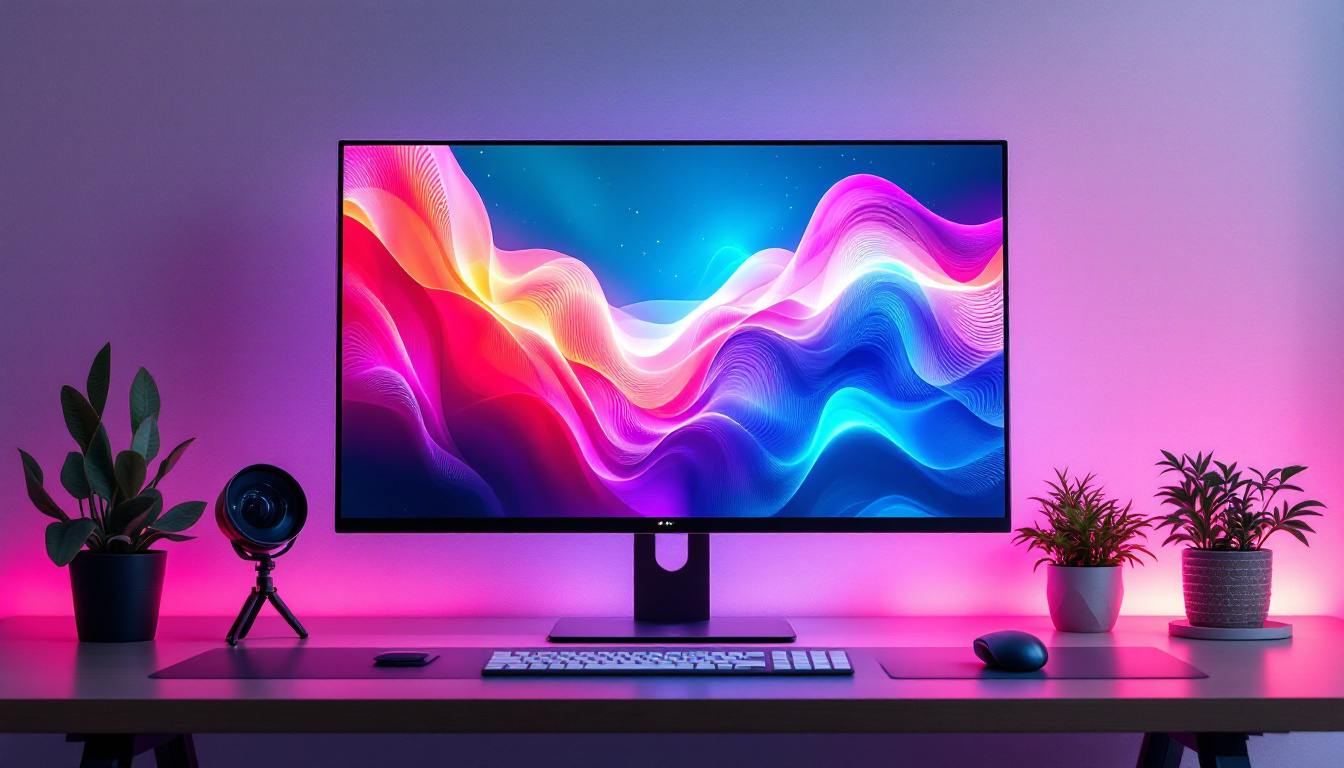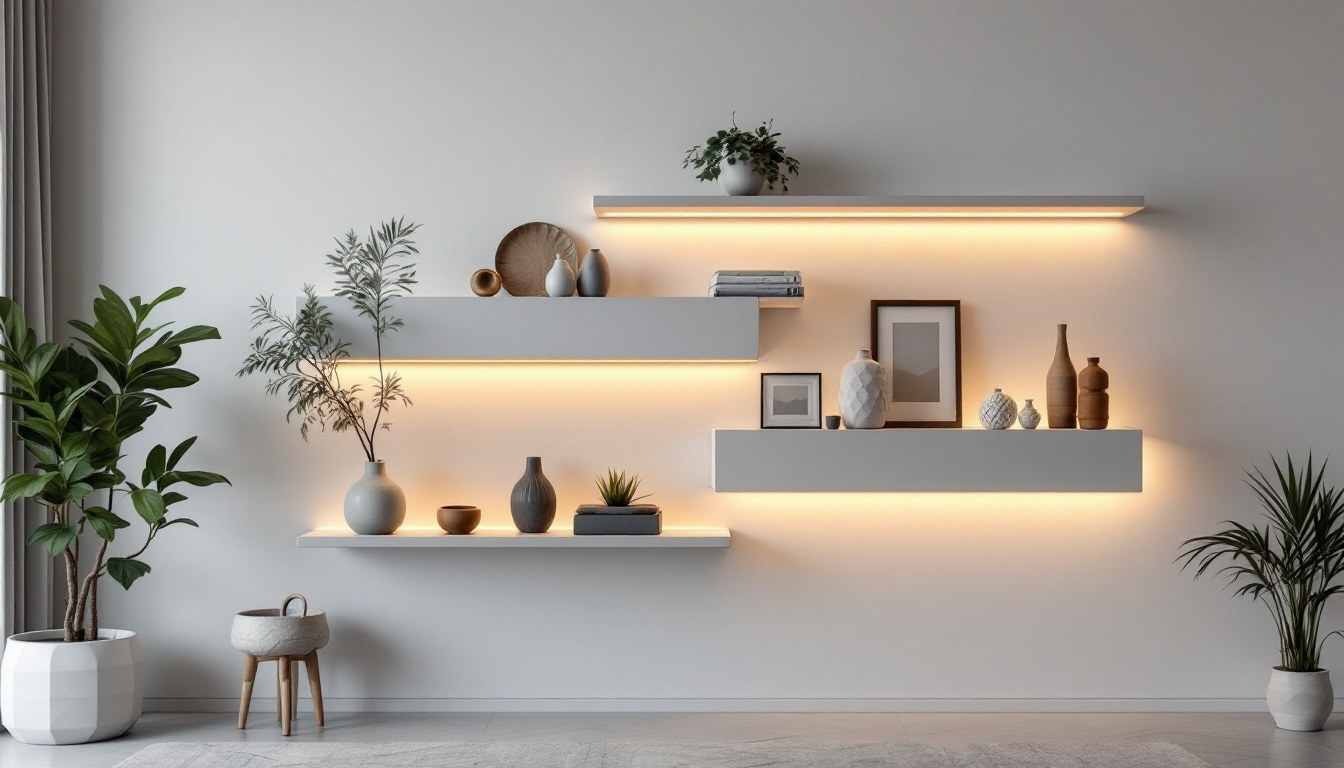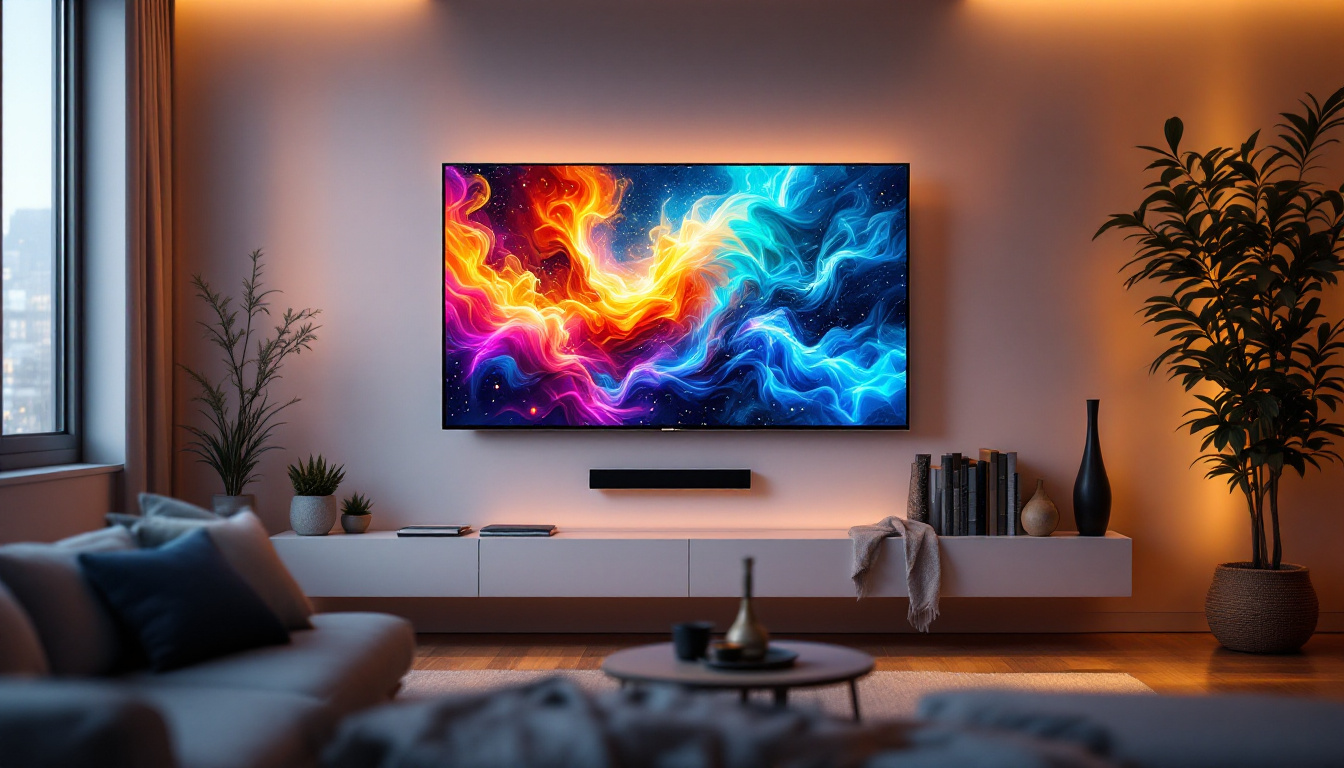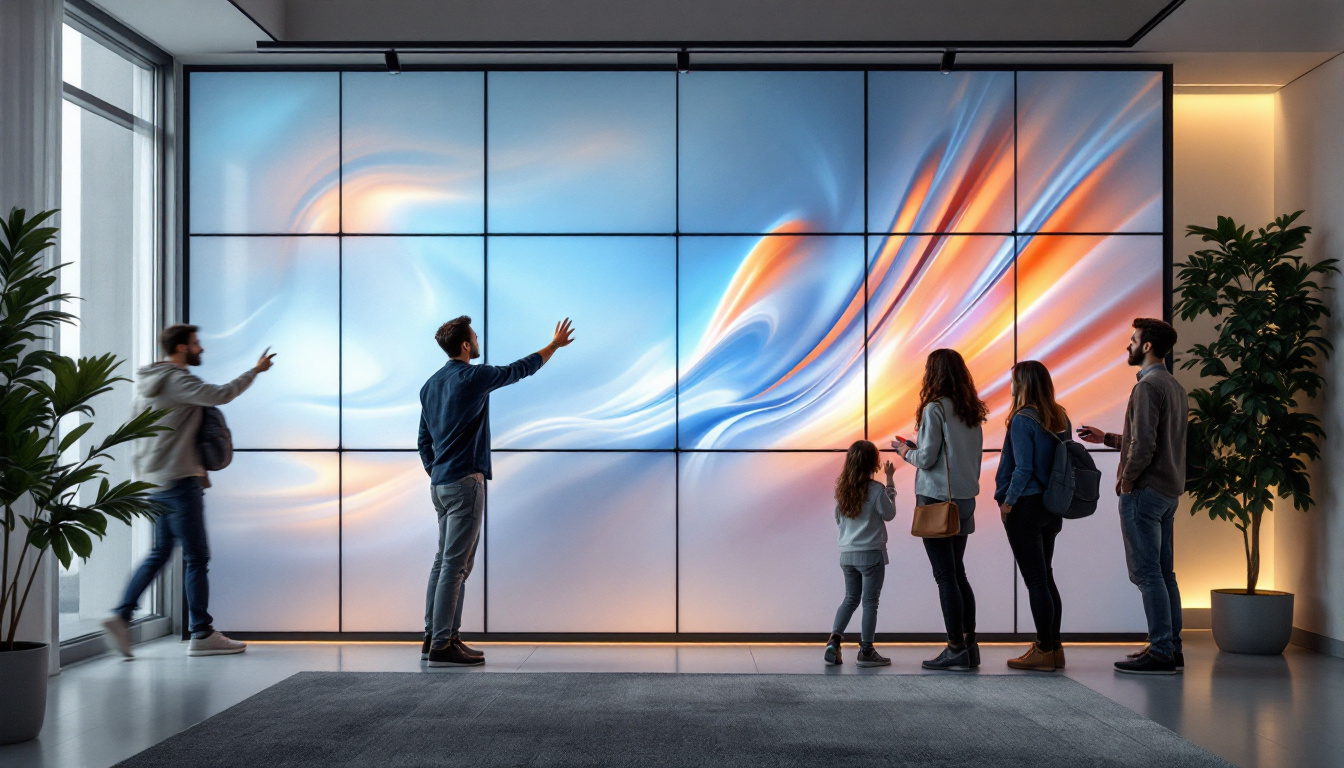In today’s fast-paced digital world, the demand for efficient workspace setups has never been greater. With the rise of remote work and the increasing reliance on technology, having the right tools can significantly enhance productivity. One such tool that has gained popularity is the screen monitor mount, particularly for LED displays. This article delves into the intricacies of screen monitor mounts, their benefits, and how they can transform your workspace.
Understanding Screen Monitor Mounts
Screen monitor mounts are devices designed to hold and support monitors, allowing for flexible positioning and better ergonomics. They come in various styles and configurations, catering to different needs and preferences. By providing an elevated position for the monitor, these mounts can help reduce neck and eye strain, making them an essential addition to any workspace. In addition to their ergonomic benefits, monitor mounts can also enhance the overall aesthetic of a workspace, contributing to a more modern and streamlined look. This is particularly important in professional environments where presentation and organization are key to creating a positive impression.
Types of Screen Monitor Mounts
There are several types of monitor mounts available on the market, each with its unique features and benefits. The most common types include:
- Fixed Mounts: These mounts hold the monitor in a stationary position, typically flush against the wall. They are ideal for spaces where the monitor’s position does not need to be adjusted frequently. Fixed mounts are often favored in environments such as conference rooms, where a clean and unobtrusive setup is desired.
- Tilting Mounts: Tilting mounts allow users to adjust the angle of the monitor, reducing glare and improving visibility. This feature is particularly useful in well-lit environments. By angling the screen away from direct light sources, users can enjoy a clearer view, which is especially beneficial for tasks that require prolonged screen time.
- Full-Motion Mounts: Also known as articulating mounts, these offer the most flexibility. Users can adjust the height, tilt, and swivel of the monitor, allowing for a customized viewing experience. This adaptability makes full-motion mounts ideal for multi-user environments, such as shared offices or home setups where family members may have different viewing preferences.
Benefits of Using Monitor Mounts
Integrating a monitor mount into your workspace can yield numerous benefits. Some of the most notable advantages include:
- Improved Ergonomics: By positioning the monitor at eye level, users can maintain better posture, reducing the risk of musculoskeletal issues. This is particularly crucial for individuals who spend long hours at their desks, as proper alignment can lead to significant long-term health benefits.
- Enhanced Desk Space: Mounting monitors frees up valuable desk space, allowing for a more organized and clutter-free work environment. With more surface area available, users can incorporate additional tools and accessories, such as a keyboard tray or document holder, which can further enhance productivity.
- Increased Productivity: A well-positioned monitor can lead to increased focus and efficiency, as users can easily access and view their screens without straining. Studies have shown that a comfortable workspace can significantly boost morale and motivation, leading to better overall performance.
Furthermore, monitor mounts can accommodate multiple screens, which is increasingly common in today’s fast-paced work environments. Dual or triple monitor setups can enhance multitasking capabilities, allowing users to view multiple applications simultaneously without the need for excessive window switching. This not only saves time but also streamlines workflows, making it easier to manage complex projects or conduct research efficiently. As remote work continues to rise, investing in quality monitor mounts can also improve the home office experience, ensuring that individuals can create a workspace that is both functional and comfortable.
LED Displays: A Brief Overview
LED (Light Emitting Diode) displays have become the standard for modern monitors due to their superior image quality and energy efficiency. Understanding the technology behind LED displays can help users appreciate the importance of proper mounting.
How LED Displays Work
LED displays utilize a series of tiny light-emitting diodes to produce images. Unlike traditional LCD screens that use fluorescent backlighting, LED displays provide brighter, more vibrant colors and deeper blacks. This technology allows for thinner and lighter screens, making them ideal for mounting. The arrangement of these diodes can vary, with some displays using edge-lit technology while others employ full-array backlighting, which enhances contrast and uniformity across the screen. This versatility in design further contributes to the appeal of LED displays in various settings, from home theaters to professional workspaces.
Advantages of LED Displays
The advantages of LED displays extend beyond aesthetics. Some key benefits include:
- Energy Efficiency: LED displays consume less power compared to traditional monitors, contributing to lower energy bills and a smaller carbon footprint.
- Longevity: LED technology typically offers a longer lifespan, reducing the need for frequent replacements.
- Better Color Accuracy: LED displays provide superior color reproduction, making them suitable for graphic design, photography, and other visual tasks.
In addition to these benefits, LED displays are also known for their rapid response times, which significantly reduce motion blur during fast-paced video playback or gaming. This feature is particularly advantageous for gamers and sports enthusiasts who demand crisp, clear images during action sequences. Furthermore, many LED displays now come equipped with advanced technologies such as HDR (High Dynamic Range), which enhances the contrast and color range, providing an even more immersive viewing experience. As manufacturers continue to innovate, we can expect to see even more enhancements in LED display technology, paving the way for richer and more engaging visual experiences.
Choosing the Right Monitor Mount for LED Displays
Selecting the appropriate monitor mount for an LED display involves several considerations. The right choice can enhance the viewing experience and ensure optimal ergonomics.
Weight and Size Compatibility
Before purchasing a mount, it’s crucial to check the weight and size specifications of both the monitor and the mount. Most mounts will have a weight limit, and exceeding this can lead to safety hazards. Additionally, the mount should accommodate the monitor’s VESA (Video Electronics Standards Association) mounting pattern, which dictates how the monitor attaches to the mount. It’s also worth noting that larger monitors may require sturdier mounts with reinforced arms to prevent sagging or instability, especially if the monitor is being used in a dynamic environment such as a busy office or a gaming setup.
Adjustability Features
Consider the level of adjustability needed. For users who frequently change their working position or share their workspace with others, a full-motion mount may be the best option. On the other hand, a fixed or tilting mount may suffice for those who prefer a consistent setup. Full-motion mounts allow for a wide range of motion, enabling users to swivel, tilt, and extend their monitors for the most comfortable viewing angle. This flexibility can be particularly beneficial in collaborative workspaces where multiple people may need to view the screen from different angles. Additionally, some advanced mounts come with integrated cable management systems that help keep cords organized and out of sight, further enhancing the aesthetic of the workspace.
Installation and Setup
Installation ease is another factor to consider. Many mounts come with detailed instructions and necessary hardware, but some may require additional tools or professional installation. Assessing your own DIY skills can help determine whether to opt for a simpler mount or a more complex one. Furthermore, it’s important to consider the wall type where the mount will be installed. For instance, drywall may require anchors for stability, while concrete walls may need specialized drill bits. Taking the time to ensure that the installation is done correctly not only maximizes the mount’s effectiveness but also guarantees the safety of the monitor. Additionally, some mounts are designed for easy adjustment post-installation, allowing users to fine-tune the position without needing to remove the mount from the wall, making it a convenient option for those who like to frequently adjust their setup.
Installation Tips for Monitor Mounts
Proper installation is crucial for ensuring the safety and functionality of a monitor mount. Here are some tips to facilitate a smooth installation process.
Gather Necessary Tools
Before beginning the installation, gather all necessary tools, including a drill, screwdriver, level, and measuring tape. Having everything on hand can streamline the process and prevent interruptions.
Find the Right Location
Choosing the right location for the monitor mount is essential. Ideally, the monitor should be positioned at eye level when seated, with the top of the screen at or just below eye height. This positioning helps reduce neck strain and promotes better posture.
Secure Mounting
When attaching the mount to the wall or desk, ensure that it is securely fastened. Use a stud finder to locate wall studs for wall-mounted options, as this provides a more stable support. For desk mounts, ensure that the clamp is tightened adequately to prevent any wobbling.
Maintaining Your LED Display and Monitor Mount
Regular maintenance can prolong the life of both the LED display and the monitor mount. Here are some essential maintenance tips.
Cleaning the Display
Dust and fingerprints can accumulate on the screen, affecting visibility. Use a microfiber cloth and a suitable screen cleaner to gently wipe the display. Avoid using harsh chemicals, as they can damage the screen’s surface.
Inspecting the Mount
Periodically check the monitor mount for any signs of wear or loosening. Tighten any screws or bolts as necessary to ensure that the monitor remains securely in place. If the mount shows signs of damage, consider replacing it to maintain safety.
Conclusion
Screen monitor mounts for LED displays offer a multitude of benefits, from improved ergonomics to enhanced productivity. Understanding the different types of mounts, the advantages of LED technology, and the installation process is crucial for optimizing your workspace. By selecting the right monitor mount and maintaining both the display and mount, users can create a comfortable and efficient work environment that promotes well-being and productivity.
As technology continues to evolve, the importance of proper workspace setup will only increase. Investing in a quality monitor mount is a step towards creating a healthier and more efficient workspace, ultimately leading to greater satisfaction and productivity in both personal and professional endeavors.
Enhance Your Visual Experience with LumenMatrix
Ready to elevate your workspace and visual engagement? Discover the innovative world of LumenMatrix, where cutting-edge LED display technology awaits. From captivating Indoor LED Wall Displays to dynamic Outdoor LED solutions and beyond, LumenMatrix offers a wide array of products designed to revolutionize your visual communication. Whether for business, entertainment, or creative expression, our LED displays are crafted to deliver unparalleled clarity and impact. Check out LumenMatrix LED Display Solutions today and transform your space into a hub of productivity and visual allure.

